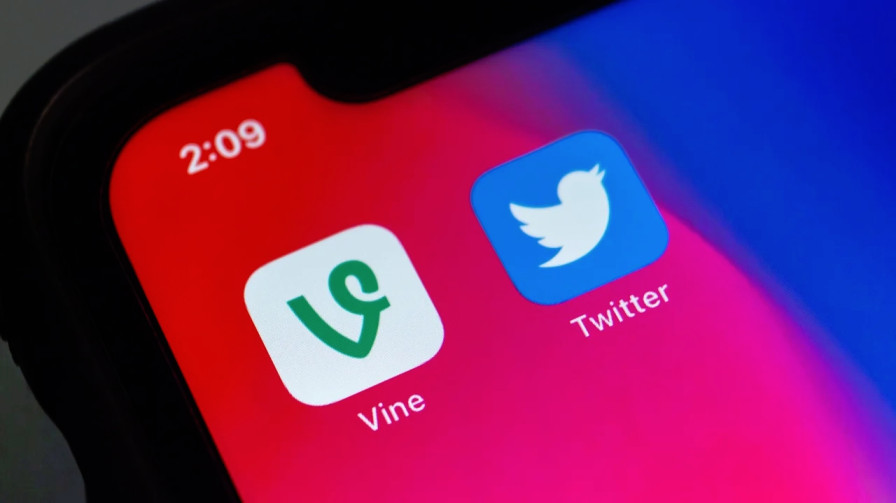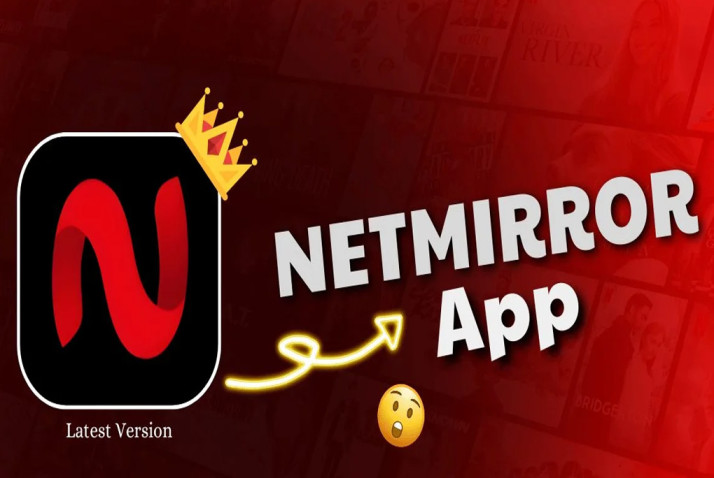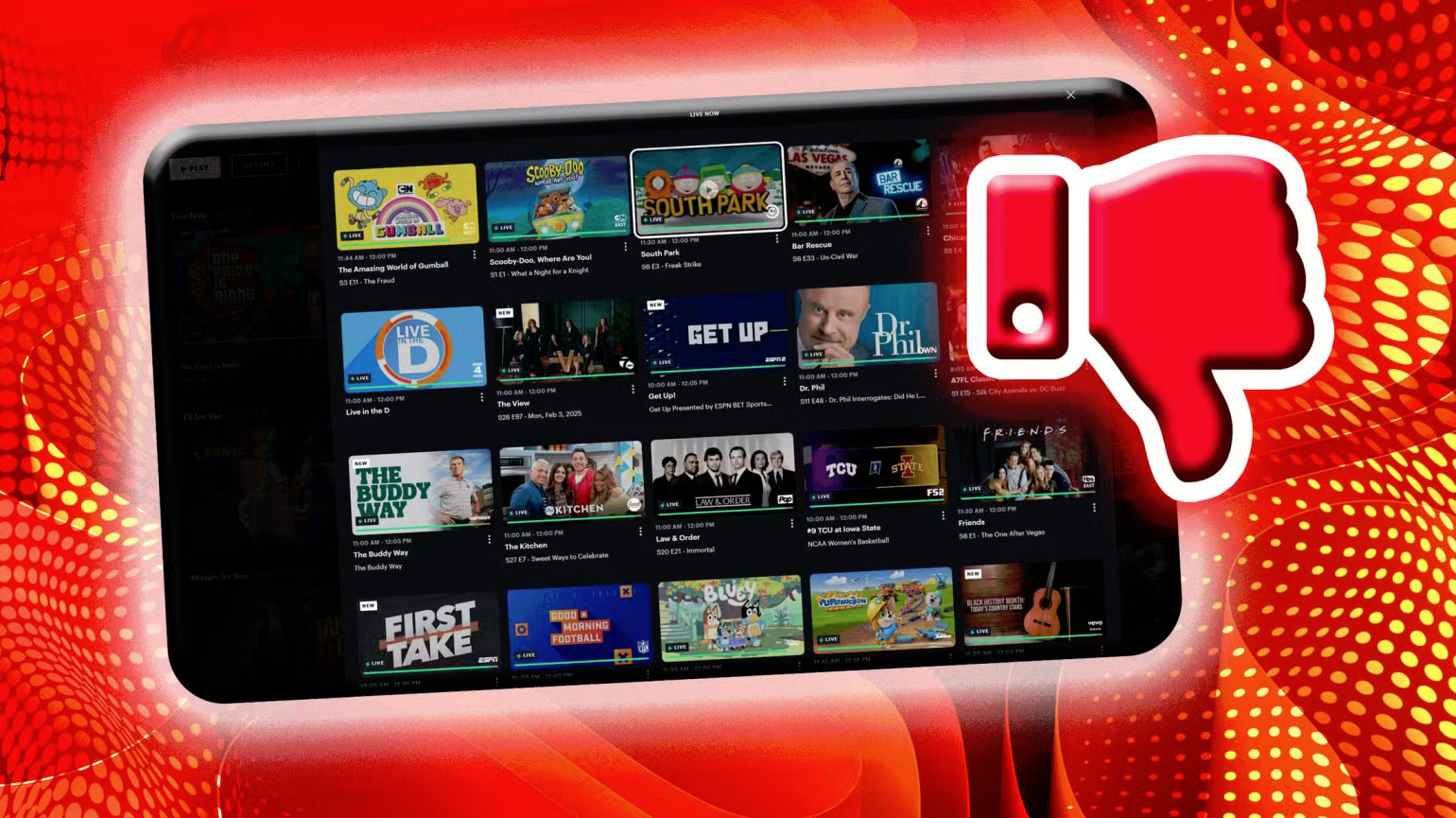The internet moves fast. What’s trending today may be forgotten tomorrow. Among the clearest examples of this digital volatility is Vine — a once wildly popular short-form video platform that captured the world’s attention between 2013 and 2016. Vine wasn’t just another app; it was a cultural phenomenon, launching the careers of influencers, redefining internet comedy, and setting the stage for modern video platforms like TikTok.
But then, almost as quickly as it rose, Vine vanished. Despite its influence and user base, it shut down in 2017, leaving many to wonder: Why did Vine shut down? This article explores the lifecycle of Vine from its explosive success to its unexpected closure — and uncovers the strategic, financial, and operational factors behind its demise.
The Birth of Vine: A Revolutionary Idea
Vine was founded in June 2012 by Dom Hofmann, Rus Yusupov, and Colin Kroll. The concept was simple: users could upload and share looping videos no longer than six seconds. At a glance, this limitation seemed restrictive, but it turned out to be Vine’s genius. The time constraint pushed users to be creative, funny, and concise three elements that would define the platform’s culture.
In October 2012, even before Vine officially launched to the public, Twitter acquired it for $30 million. Twitter saw Vine as a perfect complement to its own platform, which was built on short form text content. The synergy was strong in theory, but issues soon followed.
Vine’s Meteoric Rise:
When Vine officially launched in January 2013, it quickly caught fire. Within months, it became the most downloaded free app on the iOS App Store. Vine communities formed overnight. Comedy sketches, lip-syncs, physical gags, and music montages dominated the feed.
Some notable reasons behind Vine’s massive success include:
- Brevity breeds creativity: Users loved the challenge of fitting content into six seconds.
- Looping feature: The infinite loop made catchy or clever videos even more entertaining.
- Mobile-first experience: Vine catered perfectly to smartphone users, encouraging on-the-go content creation.
- Community engagement: Like Twitter, Vine thrived on engagement, shares, and viral loops.
It didn’t take long for a new breed of content creators to rise — Vine stars. Personalities like King Bach, Logan Paul, Lele Pons, and Nash Grier built their early followings here, with millions of loops and devoted followers.
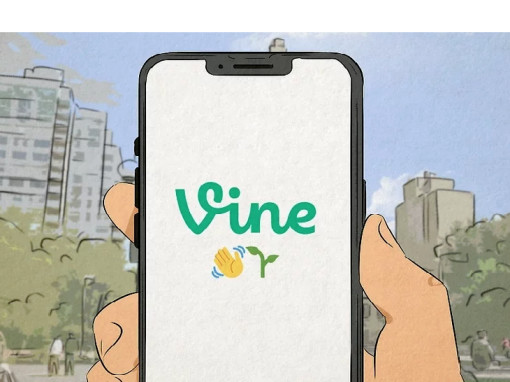
Warning Signs: Cracks in the Foundation
Despite the early buzz, Vine’s problems began surfacing just a couple of years after its launch. What went wrong?
Monetization Failure:
One of Vine’s biggest issues was the inability to monetize both the platform and its top creators. While YouTube offered ad revenue and brand partnership support, Vine had no formal monetization strategy. This meant that creators had to find their own sponsorships or leave the platform altogether in search of more profitable opportunities.
Neglected Community Support:
Many of Vine’s top influencers felt ignored by Twitter and Vine leadership. According to several former Viners, creators approached Twitter executives with a proposal to receive financial support (some sources cite a $1.2 million ask split across 18 influencers). The pitch was that creators would remain loyal to Vine in exchange for funding and platform improvements. Twitter rejected the idea. Shortly after, many of these influencers left for platforms like YouTube, Instagram, and later, TikTok — where the monetization potential was far greater.
Lack of Product Innovation:
While competitors like Instagram and Snapchat rapidly evolved with features like direct messaging, stories, filters, and longer videos, Vine remained largely static. It didn’t scale its features fast enough to compete, and its video format—though iconic—started to feel restrictive in a landscape that rewarded more flexibility.
Internal Management Issues:
Vine’s leadership reportedly experienced infighting and strategic uncertainty. Founders left, priorities shifted, and Twitter, which was struggling with its own profitability issues, deprioritized Vine internally. As a result, the app stagnated just when it needed to evolve.
Twitter’s Role in Vine’s Decline:
It’s hard to analyze Vine’s shutdown without examining the role Twitter played. While the acquisition initially promised scale and visibility, Twitter’s own business struggles directly impacted Vine.
Some of the key ways Twitter contributed to the fall:
- Lack of vision: Twitter treated Vine as an appendage rather than a product with standalone value.
- Resource allocation: With mounting pressure to improve its core product, Twitter diverted engineering and marketing resources away from Vine.
- Leadership exits: Vine’s original co-founders left the company between 2014 and 2015, and subsequent leadership lacked the strategic alignment needed to turn things around.
In October 2016, Twitter announced that Vine would be discontinued. By January 2017, the app had shut down.
Why Vine Shut Down: A Summary of Core Reasons
Let’s recap the main drivers of Vine’s shutdown:
- Poor monetization strategy
- Failure to retain top talent
- Stagnant feature development
- Increased competition from Snapchat, Instagram, and YouTube
- Strategic misalignment with Twitter’s goals
- Internal leadership turmoil
Each of these alone might not have sunk Vine. Together, they created an unsustainable environment.
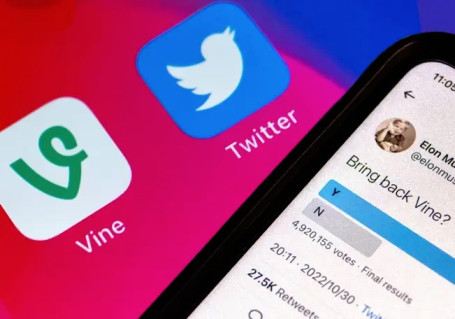
How Vine Influenced the Future of Social Media?
Despite its early demise, Vine’s legacy is undeniable. In fact, the short-form video explosion seen with TikTok, Instagram Reels, and YouTube Shorts owes much to the format Vine pioneered.
Here are some ways Vine left its mark:
- Pioneered looping short-form content: TikTok’s success is deeply rooted in Vine’s DNA.
- Created influencer culture: Vine stars proved that platforms could launch real careers.
- Changed comedic storytelling: The six-second sketch became a genre of its own, and its influence continues today.
Even Byte a follow-up app launched by Vine co-founder Dom Hofmann in 2020 tried to rekindle the magic, though it was eventually rebranded and merged into Clash before disappearing again.
Lessons From the Fall of Vine:
Vine’s story provides valuable lessons for startups, content platforms, and creators:
- Listen to your creators: Content creators are your lifeblood. Ignoring their needs can mean losing them.
- Monetization is critical: No matter how fun or viral your platform is, revenue streams must be viable for both company and users.
- Innovate or fall behind: The social media landscape changes rapidly. Platforms must adapt or be replaced.
- Culture matters: Vine had a distinct vibe and loyal fanbase, but internal misalignment led to its downfall.
FAQs About Vine’s Shutdown
Q1: Who owned Vine when it shut down?
A: Twitter owned Vine at the time of its shutdown in 2017.
Q2: Did Vine make money?
No, Vine did not have a clear revenue model, and Twitter never successfully monetized it.
Q3: Why didn’t Vine just allow longer videos?
Vine was built around the 6-second format. Although it later expanded video length slightly, it was too late to adapt to changing content trends.
Q4: Did any Vine alternatives succeed?
Yes. TikTok is often seen as Vine’s spiritual successor, offering better tools, algorithms, and monetization options.
Q5: Can I still view old Vine videos?
No. The Vine website and archive were taken down in 2019. However, many compilations exist on YouTube.
Conclusion: The Enduring Echo of a Short-Lived Giant
Vine may be gone, but its influence is still felt across the digital world. It was a platform that redefined storytelling, democratized comedy, and gave rise to an entirely new form of internet stardom. Its downfall wasn’t due to lack of popularity, but rather poor strategy, monetization failure, and lack of innovation. Still, for millions of users and creators, Vine wasn’t just another app — it was a community, a cultural moment, and a spark that lit the flame for the next generation of social media. Vine shut down, but its spirit loops on.
